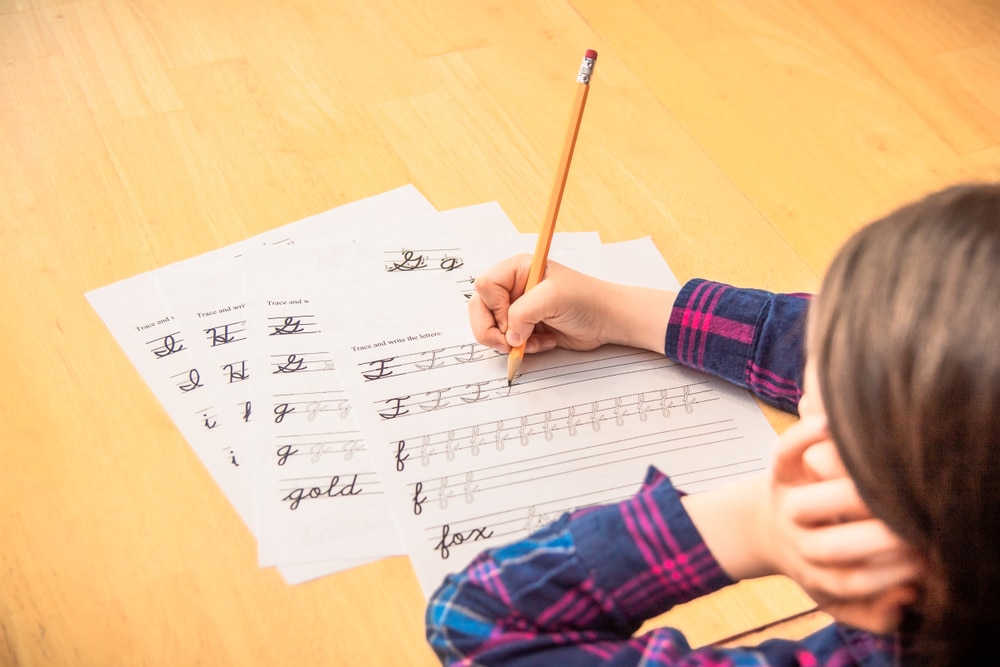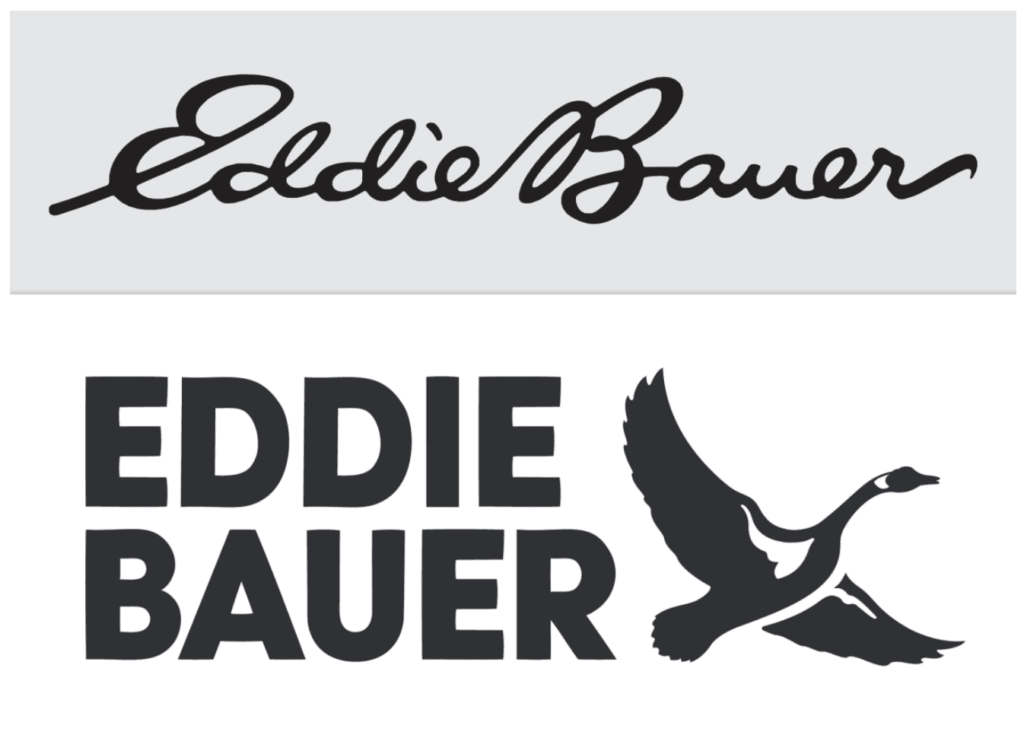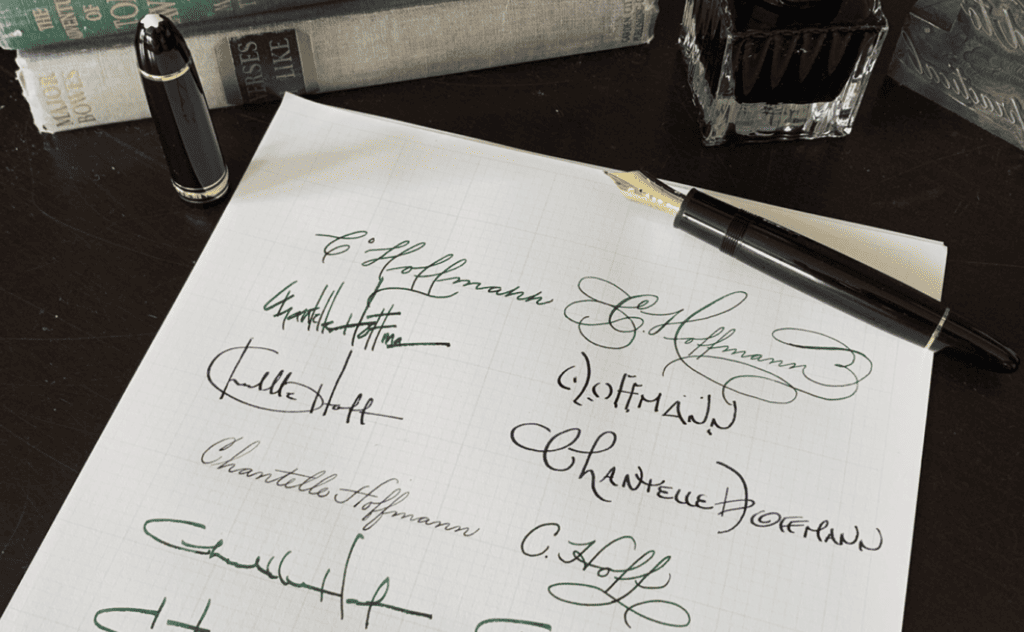
Should writing be utilitarian, beautiful, or both?
If you’re a writer, or you work with writers, here’s a big question about the future of writing:
· Should children learn handwriting in school?
· Or is learning to type on a keyboard sufficient?
States clash on cursive
On this issue, the United States acts like the Divided States.
Come January 1, 2024, California law will require the teaching of cursive writing, reports The Wall Street Journal. California joins 21 other states, including Illinois, Arizona, Massachusetts, and Ohio.
Most states do not require teachers to teach cursive writing. The divide on cursive started in 2010 when Common Core Curriculum standards dropped cursive as a requirement for K-12 education.
Some of the results of not learning cursive surprised me:
· A former history professor and the first woman president of Harvard, Drew Gilpin Faust, found that two out of three Gen Z students in her class couldn’t read cursive – so they didn’t understand the pictures of Civil War documents in their history books.
· A young man got fired because he couldn’t read old land-transfer documents at the courthouse.
· A 15-year-old boy couldn’t sign his name at the passport counter.

Do you need a new logo?
Marketers can no longer assume that people can read cursive. That’s why brands are switching logos. For example, Eddie Bauer removed cursive from its logo.

And Johnson & Johnson abandoned its handwritten logo for type:

Who’s next? Coca-Cola?
Should we champion handwriting?
Some people argue that typing is the only skill people need, not cursive writing.
But what I write in longhand, I remember better. Why? Because handwriting is a beautiful way to strengthen your brain and body connection.
Occupational therapists find that handwriting strengthens fine motor skills. It also helps improve comprehension among people with dyslexia.
I begin every day by writing three pages in longhand, first thing in the morning – a creative practice that author Julia Cameron calls morning pages. It’s a useful practice for people who work as or with creatives, especially if your job requires you to stare at screens all day long.

Since handwriting is no longer available to everyone, Montblanc is teaching free classes on how to make your signature beautiful and how to do calligraphy.
Montblanc’s move signals that handwriting is morphing into a luxury good, something for the elite who can afford to learn and use handwriting. Montblanc is selling pens such as the Meisterstuck 149 calligraphy curved nib pen, which will set you back $1,125.
Students see benefits from cursive
Kids who are learning cursive deserve their say:
“Putting pen to paper has benefits that typing can’t replace. Research shows that learning to write by hand is a key to good spelling and composition skills. Plus, cursive writing could be considered an art form all on its own. It’s one way for students to develop the side of their brain that isn’t developed by basic reading and writing skills,” 12-year-old Jayita Iyengar told Time for Kids magazine.

“Cursive writing looks more glamorous than printing. Its letter formation has extraordinary curves and arches. Some parts are wide, while some parts are narrow. That will naturally appeal to people’s eyes and impress people.
“You can write in cursive faster because you connect the words. Your pen doesn’t pause. Cursive can let your thoughts flow,” 9-year-old Justin Lining said.
Other students argue that cursive is too hard to learn, or it’s not useful as a work skill.
Should writing be only utilitarian, or can it also be beautiful?
I suspect other, hidden costs will spring from not learning cursive. If writing is purely a utility, then keyboarding may be sufficient. But I feel that writing is more than a utility.
If handwriting can bring more beauty and connection to people’s lives, not learning it is a big loss.
Drew Gilpin Faust said this about students who did not learn cursive: “It does separate you from what has come before in … both a very personal and individual way, but also in a larger way. As a society, it separates us from what has come before and understanding our origins and the meanings of them.”
Going forward, she adds, not teaching cursive means that society will require specialists who can read and interpret documents for people. How will people in the future know whether these specialists can be trusted not to distort the meaning of handwritten documents?
I don’t want to envision a future where most people look at cursive as if it’s hieroglyphics – wondering what it means?
I hope for a future where everyone can read a handwritten letter from Grandma, sign their passport, or keep a handwritten journal. A future where the beauty of writing still matters.
When you consider handwriting, what do you feel?





